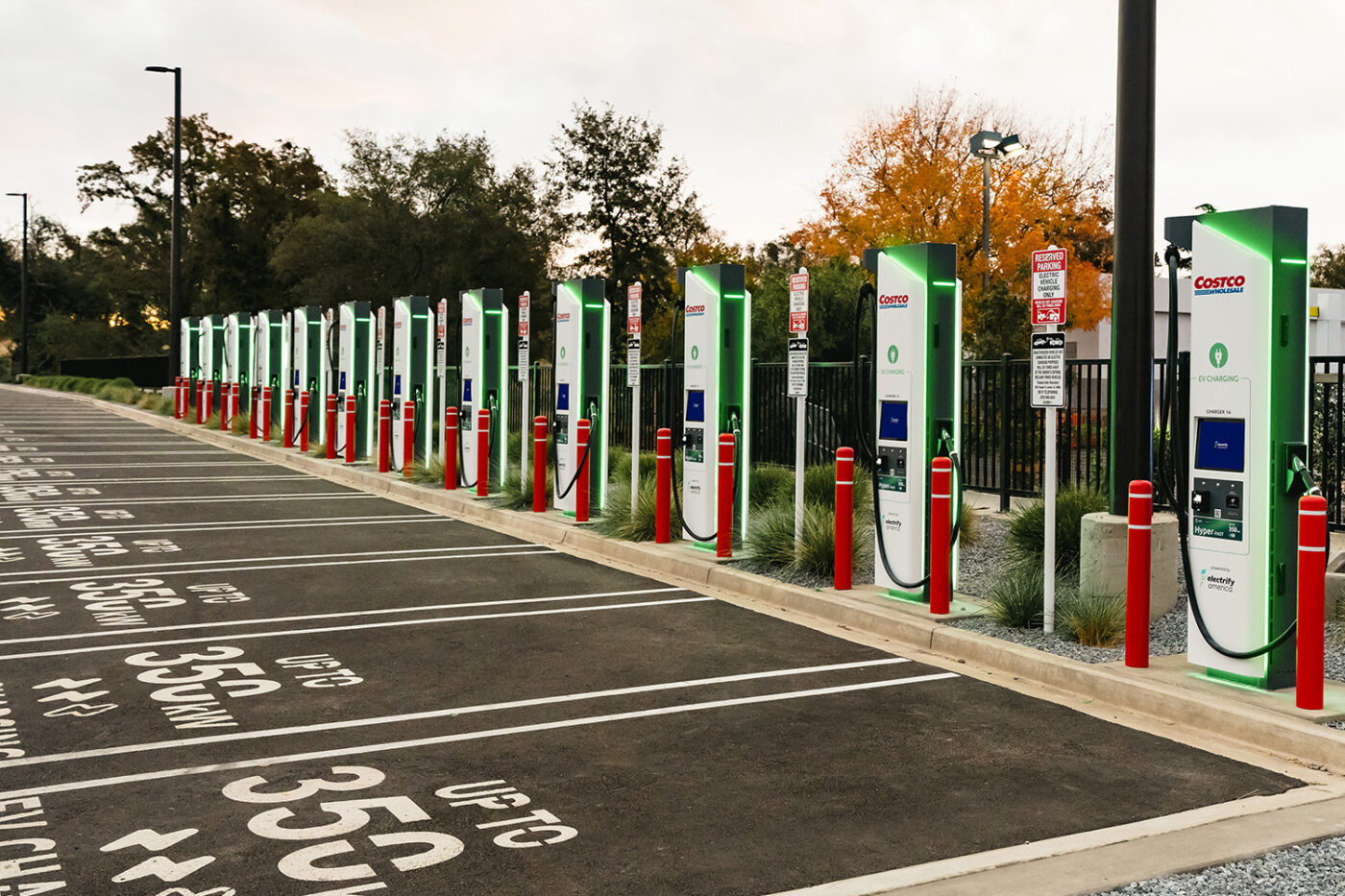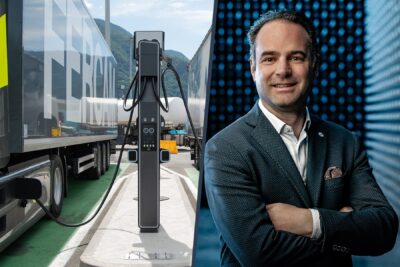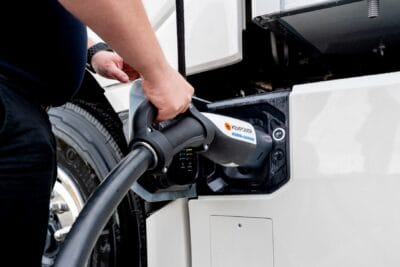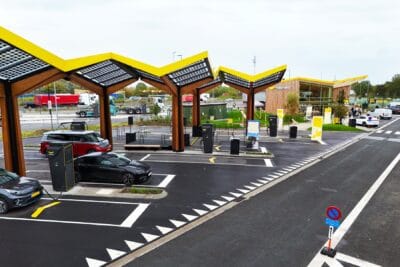US White House releases frozen billions in funding for charging infrastructure
The Trump administration has published new guidelines allowing states to spend a total of five billion dollars on charging infrastructure for electric vehicles, after holding back the funds for months. Officially, the administration had frozen the National Electric Vehicle Infrastructure (NEVI) programme for the development of a national charging infrastructure shortly after Donald Trump took office in order to review it. The aim was to ensure that the programme was “aligned with the administration’s priorities.”
As we recall, the Biden administration had approved the NEVI programme in 2023 and allocated five billion dollars to promote the large-scale expansion of charging infrastructure throughout the United States. However, under the NEVI programme, states had to submit their plans to the Federal Highway Administration on an annual basis, detailing how they intended to use the funds. In February, the Trump administration abruptly revoked the guidelines underlying the NEVI programme. But resistance quickly formed.
A coalition of states filed a lawsuit against the freezing of funds in May. In June, a court ruled that these states were likely to succeed and issued a preliminary injunction against the government’s spending freeze. No surprise: The US government’s action was immediately criticised in February, with doubts raised as to whether this approach was legally tenable. California, in particular, opposed the withholding of funds: “California will not back down, not from Big Oil, and not from federal overreach,” California Attorney General Rob Bonta said in May.
On Monday, the government finally budged on this point, releasing the funds for the states and publishing new guidelines to simplify the review process for charging stations. This means that states no longer have to consider consumer and environmental protection measures, emergency plans and other previously required steps before construction begins. The US Department of Transportation has also removed the requirement that a certain percentage of charging stations must be built in rural, underserved or disadvantaged communities. Officially, this is to reduce bureaucracy. In fact, the NEVI programme had previously been slow to get off the ground. Only a small portion of the funding pot had been used so far.
“Our revised NEVI guidance slashes red tape and makes it easier for states to efficiently build out this infrastructure,” said US Transportation Secretary Sean Duffy in a statement. “While I don’t agree with subsidizing green energy, we will respect Congress’s will and make sure this program uses federal resources efficiently.”
In the USA, this step will likely bring new momentum to the charging infrastructure market. Since February, NEVI projects that had already been contracted could continue, but states were not allowed to award new contracts. Under the new framework, states can now decide for themselves, among other things, how far apart the federally funded fast-charging stations on their motorways should be. Previously, a maximum distance of 50 miles applied for a transport corridor to be considered complete.





0 Comments